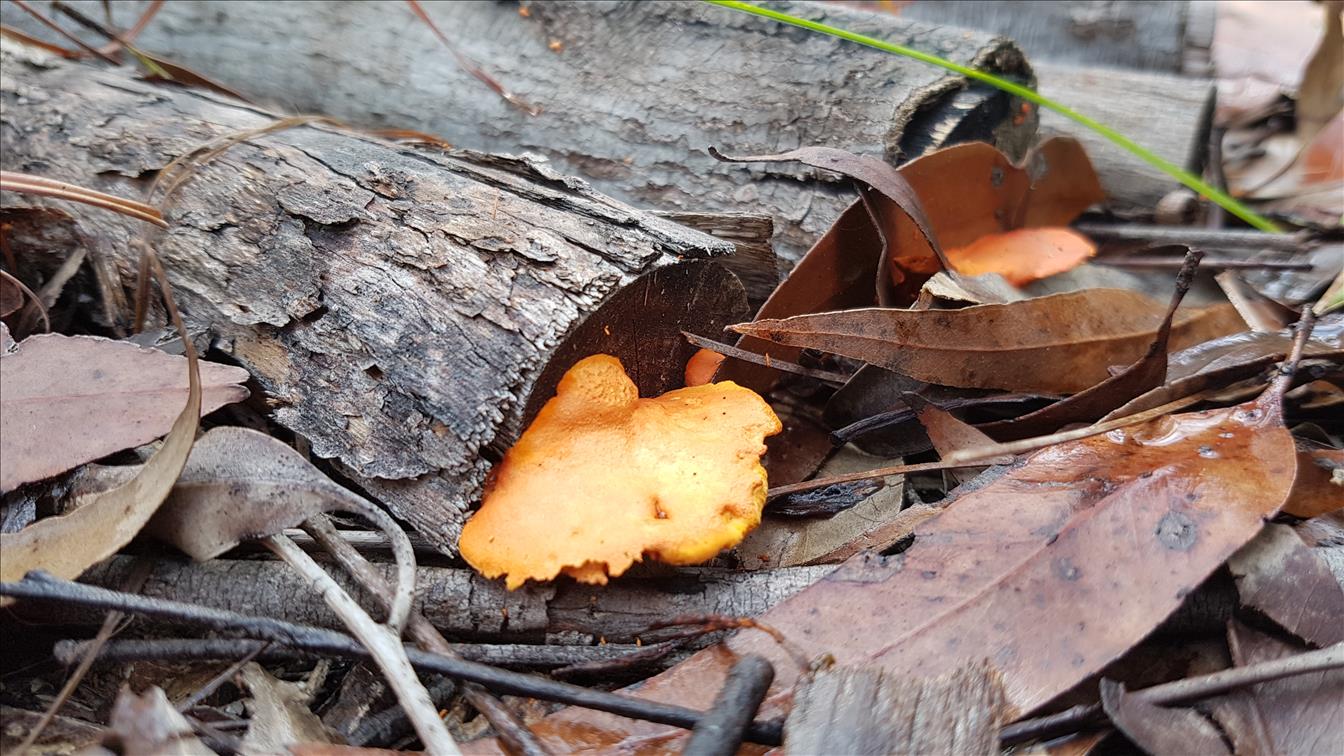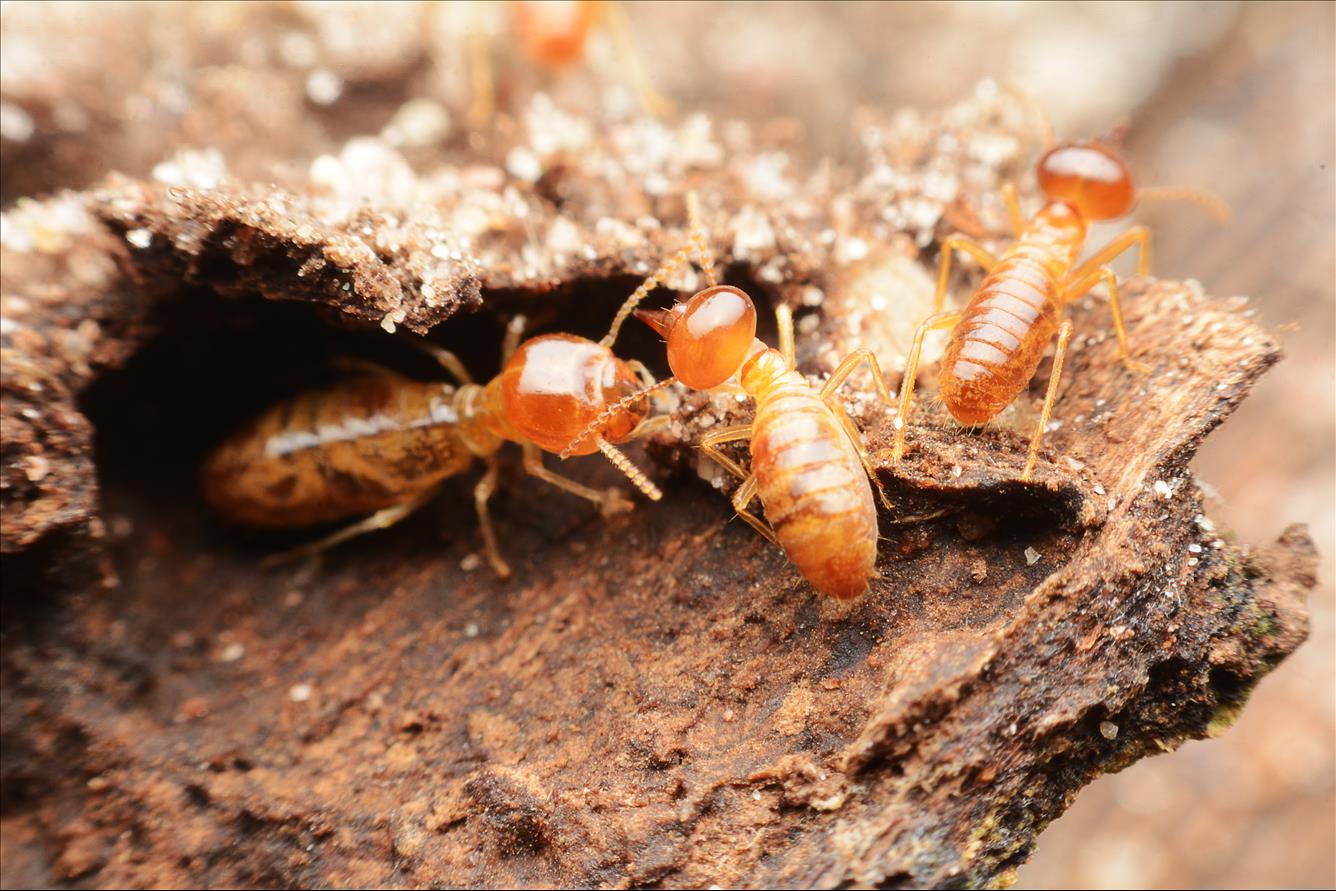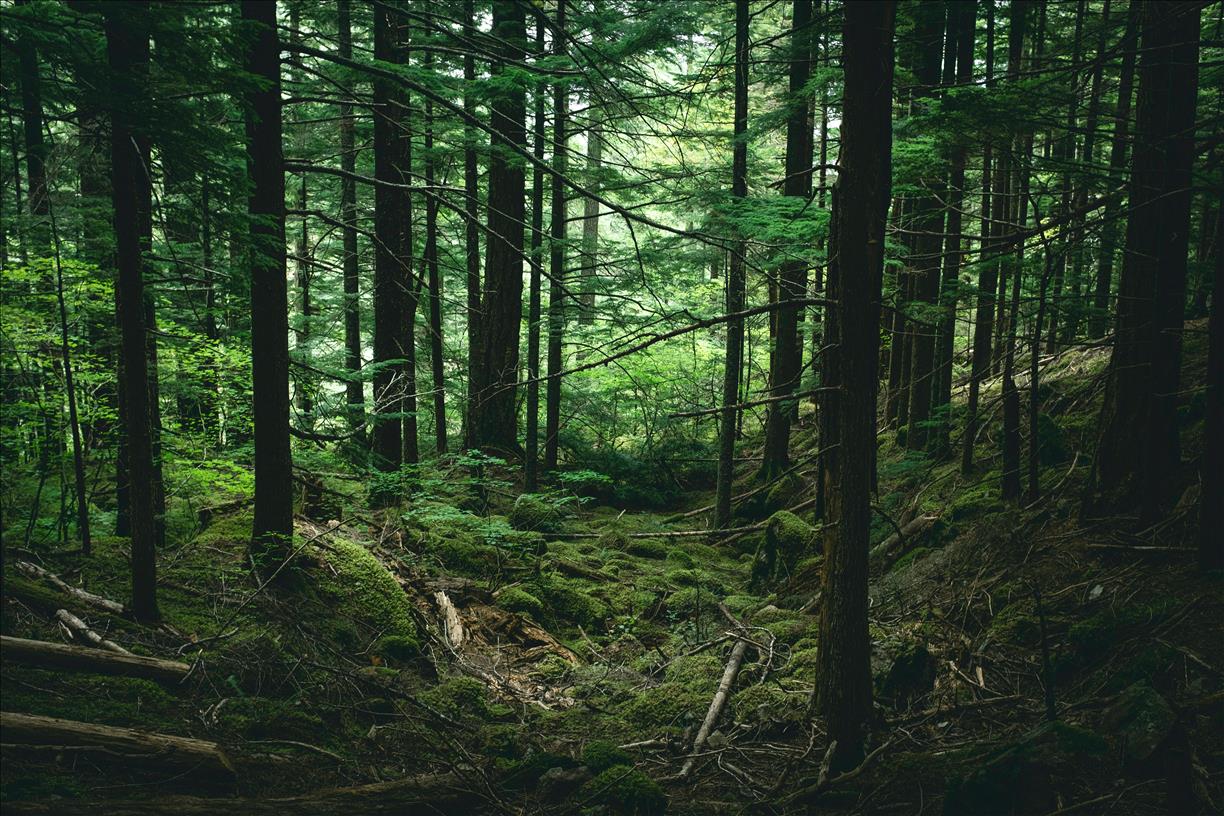Author:
David Lindenmayer
(MENAFN- The Conversation) If you've wandered through a forest, you've probably dodged dead, rotting branches or stumps scattered on the ground. This is“deadwood”, and it plays several vital roles in forest ecosystems.
It provides habitat for small mammals, birds, amphibians and insects. And as deadwood decomposes it contributes to the ecosystem's cycle of nutrients , which is important for plant growth.
But there's another important role we have little understanding of on a global scale: the carbon deadwood releases as it decomposes, with part of it going into the soil and part into the atmosphere. Insects, such as termites and wood borers, can accelerate this process.
The world's deadwood currently stores 73 billion tonnes of carbon. Our new research in Nature has, for the first time, calculated that 10.9 billion tonnes of this (around 15%) is released into the atmosphere and soil each year — a little more than the world's emissions from burning fossil fuels.
But this amount can change depending on insect activity, and will likely increase under climate change. It's vital deadwood is considered explicitly in all future climate change projections.
An extraordinary, global effort
Forests are crucial carbon sinks , where living trees capture and store carbon dioxide from the atmosphere, helping to regulate climate. Deadwood — including fallen or still-standing trees, branches and stumps — makes up 8% of this carbon stock in the world's forests.
Our aim was to measure the influence of climate and insects on the rate of decomposition — but it wasn't easy. Our research paper is the result of an extraordinary effort to co-ordinate a large-scale cross-continent field experiment. More than 30 research groups worldwide took part.
We used mesh cages to keep insects away from some deadwood to test their effect on decay. Marisa Stone, Author provided Wood from more than 140 tree species was laid out for up to three years at 55 forest sites on six continents, from the Amazon rainforest to Brisbane, Australia.
Half of these wood samples were in closed mesh cages to exclude insects from the decomposition process to test their effect, too.
Some sites had to be protected from elephants, another was lost to fire and another had to be rebuilt after a flood.
What we found
Our research showed the rate of deadwood decay and how insects contribute to it depend very strongly on climate.
We found the rate increased primarily with rising temperature, and was disproportionately greater in the tropics compared to all other cooler climatic regions.
In fact, deadwood in tropical regions lost a median mass of 28.2% every year. In cooler, temperate regions, the median mass lost was just 6.3%.
More deadwood decay occurs in the tropics because the region has greater biodiversity (more insects and fungi) to facilitate decomposition. As insects consume the wood, they render it to small particles, which speed up decay. The insects also introduce fungal species , which then finish the job.
Read more: Wood beetles are nature's recyclers – with a little help from fungi
Of the 10.9 billion tonnes of carbon dioxide released by deadwood each year, we estimate insect activity is responsible for 3.2 billion tonnes, or 29%.
Let's break this down by region. In the tropics, insects were responsible for almost one-third of the carbon released from deadwood. In regions with low temperatures in forests of northern and temperate latitudes — such as in Canada and Finland — insects had little effect.

After insects break deadwood into smaller pieces, fungi are responsible for the final stages of decay. Marisa Stone, Author provided What does this mean in a changing climate?
Insects are sensitive to climate change and, with recent declines in insect biodiversity , the current and future roles of insects in deadwood are uncertain.
But given the vast majority of deadwood decay occurs in the tropics (93%), and that this region in general is set to become even warmer and wetter under climate change, it's safe to say climate change will increase the amount of carbon deadwood releases each year.

Termites and other insects can speed up deadwood decay in warmer climates. Shutterstock It's also worth bearing in mind that the amount of carbon dioxide released is still only a fraction of the total annual global deadwood carbon stock. That is, 85% of the global deadwood carbon stock remains on forest floors and continues to store carbon each year.
We recommend deadwood is left in place — in the forest. Removing deadwood may not only be destructive for biodiversity and the ability of forests to regenerate , but it could actually substantially increase atmospheric carbon.
Read more: Photos from the field: zooming in on Australia's hidden world of exquisite mites, snails and beetles
For example, if we used deadwood as a biofuel it could release the carbon that would otherwise have remained locked up each year. If the world's deadwood was removed and burned, it would be release eight times more carbon than what's currently emitted from burning fossil fuels.
This is particularly important in cooler climatic regions, where decomposition is slower and deadwood remains for several years as a vital carbon sink.

Deadwood is essential for a healthy forest ecosystem. Milk tea/Unsplash, CC BY What next?
The complex interplay of interactions between insects and climate on deadwood carbon release makes future climate projections a bit tricky.
To improve climate change predictions, we need much more detailed research on how communities of decomposer insects (such as the numbers of individuals and species) influence deadwood decomposition, not to mention potential effects from insect diversity loss.
But insect diversity loss is also likely to vary regionally and would require long-term studies over decades to determine.
For now, climate scientists must take the enormous annual emissions from deadwood into account in their research, so humanity can have a better understanding of climate change's cascading effects.
Read more: Trees can't save us from climate change – but society will always depend on forests – podcast

MENAFN01092021000199003603ID1102726626
Legal Disclaimer:
MENAFN provides the information “as is” without warranty of any kind. We do not accept any responsibility or liability for the accuracy, content, images, videos, licenses, completeness, legality, or reliability of the information contained in this article. If you have any complaints or copyright issues related to this article, kindly contact the provider above.